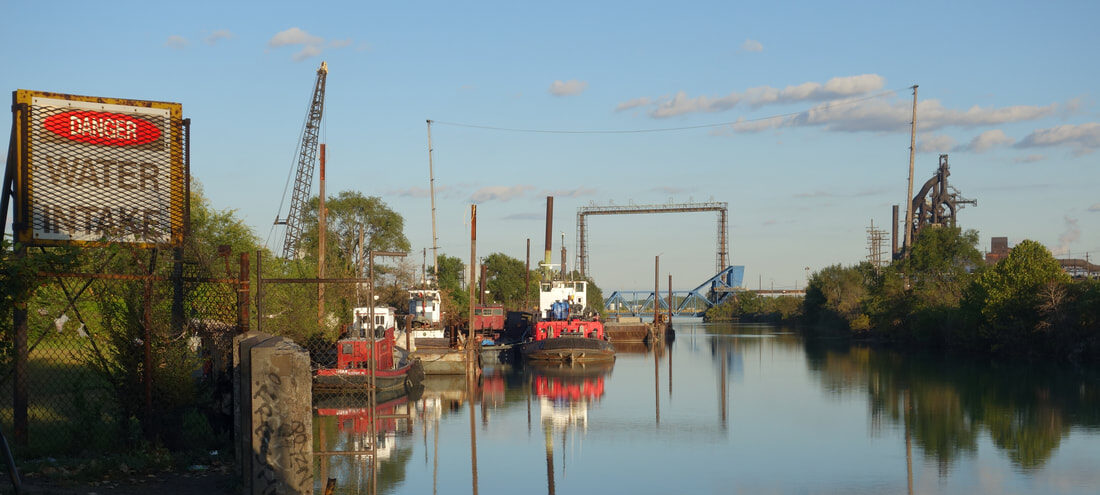Introduction: Addressing Pollution around Zug Island
The U.S. Environmental Protection Agency (EPA) has initiated an extensive dredging project in the lower Rouge River near Zug Island, investing $84 million. This crucial endeavor aims to combat pollution, addressing the Rouge’s status as one of the most contaminated areas in the Great Lakes region.
Tackling Pollution:
The Lower Rouge River Old Channel harbors sediments contaminated with heavy metals, polychlorinated biphenyls (PCBs), and polynuclear aromatic hydrocarbons (PAHs). These harmful substances infiltrate the local food chain, necessitating restrictions on fish consumption from the Rouge and Detroit rivers.
Funding Sources:
A significant portion of the project’s funding, amounting to $51 million, is sourced from the Great Lakes Restoration Initiative and the Great Lakes Legacy Act. These federal programs are dedicated to restoring the lakes’ ecosystems and expediting the cleanup of contaminated sediment.
Private Partnership:
Non-federal sponsors, particularly Honeywell, have contributed additional funding. Honeywell, through acquisitions of historical industrial entities, has allocated $28 million for constructing a 2,440-foot sheet pile wall to stabilize the riverbank in the lower Rouge River.
Historical Pollution:
Decades of industrial activities along the Detroit River shoreline, predating federal water quality regulations, have left a legacy of pollution. Oil spills, sewage overflows, and industrial discharges have contaminated sediment and disrupted aquatic habitats.
Area of Concern:
Both the Detroit and Rouge rivers hold the designation of Areas of Concern (AOC), indicating significant impairment due to human activities. The EPA has set an ambitious goal of remediating all 25 remaining AOCs by 2030, though challenges in securing private partnerships for funding persist.
Project Progress:
The dredging project in the 0.75-mile stretch of the Old Channel has been in progress for several years. Initial phases focused on shoreline stabilization, with dredging temporarily halted in 2018 to address unforeseen site conditions.
Resuming Operations:
Dredging operations have recommenced, with contractors engaged in site planning. The project is slated for completion by 2025, with an estimated removal of 70,000 cubic yards of contaminated sediment and capping of an additional 35,000 cubic yards.
Oversight:
The Army Corps of Engineers is overseeing construction activities for the 2024 season, ensuring adherence to safety and environmental standards.
Political Support:
U.S. Senators Debbie Stabenow and Gary Peters have expressed support for the EPA’s funding allocation and utilization of funds from the Great Lakes Restoration Initiative. Since its inception, the GLRI has disbursed over $1.4 billion for habitat restoration, research, and cleanup projects.
Conclusion:
With concerted efforts and partnerships, the Rouge River dredging project signifies a crucial step towards restoring the ecological health of the Great Lakes region, safeguarding its natural resources for future generations.
